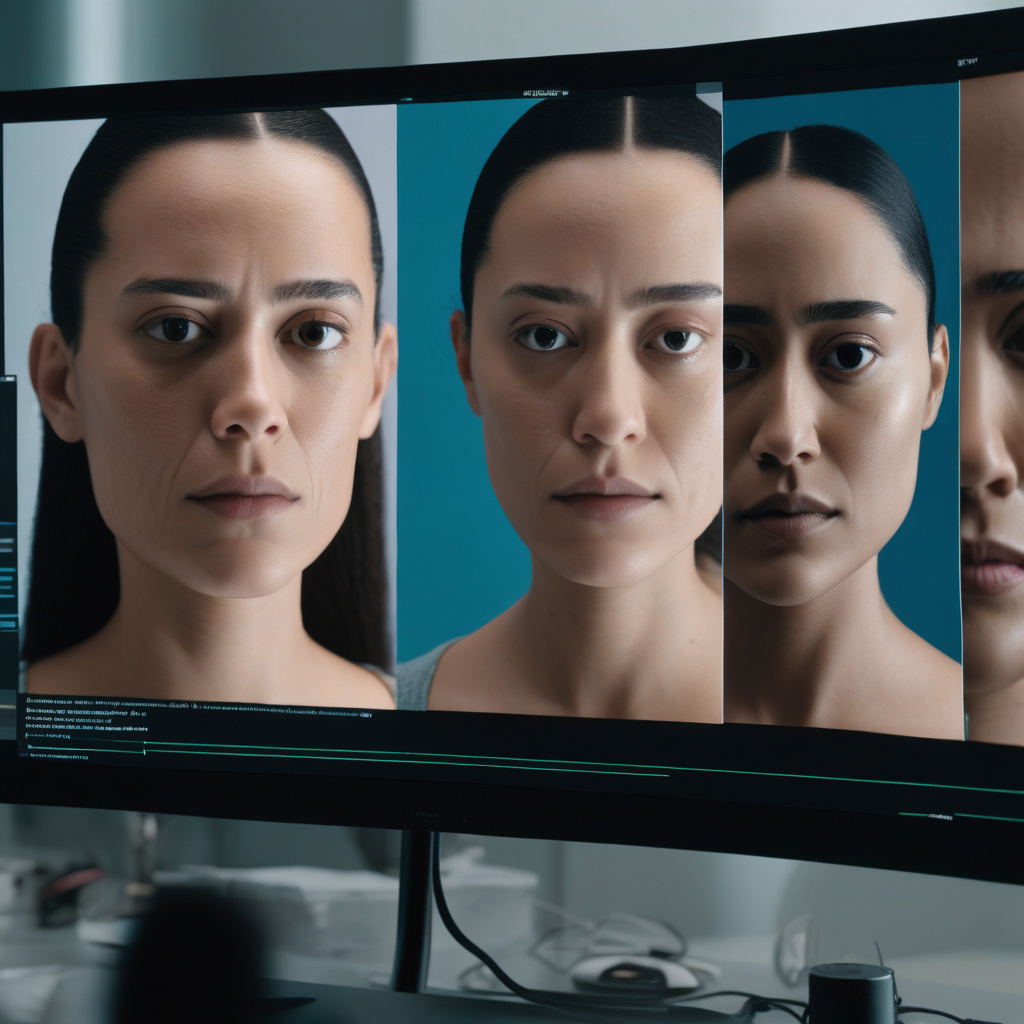Deepfake Technology: Navigating the New Frontier of Harassment Risks
Deepfake technology has rapidly advanced in recent years, bringing with it a host of ethical and legal implications. One of the most concerning issues surrounding deepfakes is their potential to be used for harassment and manipulation. The ability to create highly realistic videos and images of individuals saying or doing things they never actually did opens the door to a new wave of digital harassment.
Recognizing the dangers posed by deepfakes, new state and federal laws have been enacted to address the issue. These laws demand the swift removal of non-consensual deepfake content and impose penalties on those who fail to comply. The goal is to provide victims of deepfake harassment with recourse and protection against the malicious use of this technology.
For instance, in California, the state passed a law that allows individuals to sue anyone who creates or distributes deepfake pornographic content without their consent. The law empowers victims to take legal action against perpetrators and seek damages for the harm caused by such malicious acts. Similarly, at the federal level, lawmakers have been working to introduce legislation that addresses the growing threat of deepfake technology.
The swift removal of non-consensual deepfake content is crucial in mitigating the harm it can cause. By taking down such material promptly, the spread of false and damaging information can be curtailed, reducing the potential impact on the individuals targeted. Social media platforms and online forums play a key role in this process, as they are often the primary channels through which deepfake content is shared.
In addition to legal measures, there are technological solutions being developed to combat deepfake technology. AI-powered tools are being created to detect and flag deepfake content, helping platforms identify and remove harmful material more effectively. These tools analyze videos and images to look for inconsistencies and anomalies that indicate manipulation, providing a valuable line of defense against the spread of deepfakes.
Education and awareness also play a crucial role in addressing the risks posed by deepfake technology. By informing the public about the existence of deepfakes and the potential harm they can cause, individuals can better protect themselves against manipulation and harassment. This includes being cautious about believing content at face value and verifying the authenticity of information before sharing it online.
Ultimately, the fight against deepfake technology requires a multi-faceted approach that combines legal, technological, and educational efforts. By enacting laws that demand the swift removal of non-consensual deepfake content, we can hold perpetrators accountable for their actions and provide victims with the support they need. With ongoing advancements in technology and a commitment to raising awareness, we can navigate the new frontier of harassment risks posed by deepfake technology.
deepfake, technology, harassment risks, legal implications, online safety
